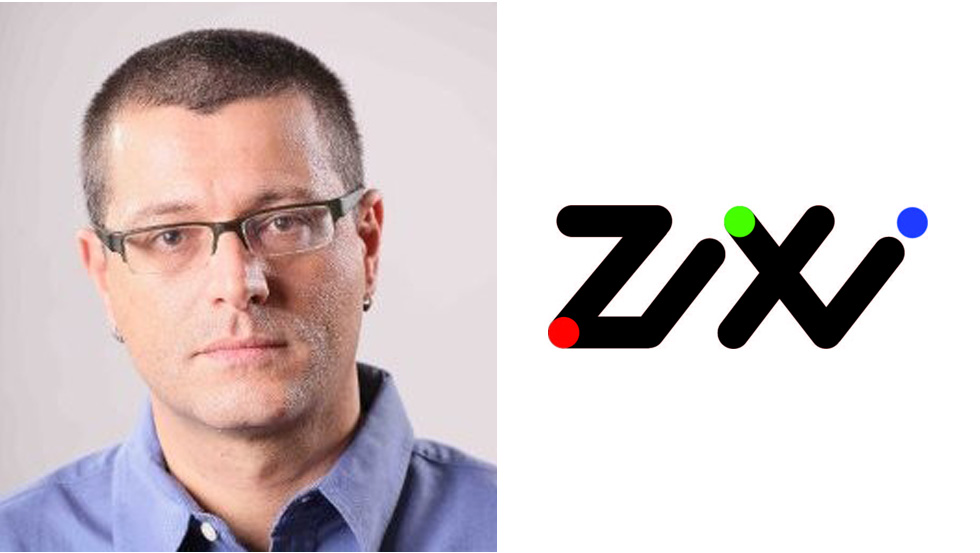Satellite operators rally against interference
The satellite industry is stepping up efforts to combat the growing problem of interference in the increasingly crowded radio spectrum. The latest move was the announcement at the 2011 NAB Show that the newly restructured Satellite Interference Reduction Group (sIRG) will be working closely with key satellite operators and equipment manufacturers to examine new ways to tackle interference. Radio frequency interference (RFI) has been a growing problem for years, but efforts to tackle it so far have met with limited success. Some operators are losing several million dollars a year in revenue resulting largely from the additional resources required to investigate the sources of RFI, according to sIRG.
One of the first major efforts to tackle satellite interference came in 2005 when sIRG, then known as Satellite Users Interference Reduction Group (SUIRG), launched the Global Uplinker Registry, which enabled satellite operators and services to locate and engage uplinkers using satellite services anywhere in the world. Uplinkers include satellite trucks engaged in outside broadcasts, with fault equipment in these becoming a major source of interference. It was thought that by compiling a registry with threats to cut uplinkers off the list if they repeatedly caused interference and failed to take corrective action, the problem would be reduced. But, this did not happen.
Then SUIRG came up with a different approach relying on technology rather than coercion: the inclusion of carrier ID within MPEG transport streams. As part of the ongoing effort to combat interference and benefit users, satellite operators in 2009 endorsed a recommendation from the World Broadcasting Union’s International Satellite Operations Group (WBU-ISOG) and support the ongoing sIRG initiative for inclusion of a carrier ID inside MPEG transport streams. Intelsat, along with other satellite operators, has been working with hardware manufacturers to implement a carrier ID system, which will supply an embedded electronic signature including the emergency contact information of the interference source to satellite operators, helping them to quickly identify sources of interference.
These efforts have been reinforced since March 2011, when sIRG announced a major reorganization and changed its name. The name change reflected the need to broaden sIRG’s mission beyond the needs of the user community, according to Martin Coleman, its new executive director. The sIRG continues its efforts to establish carrier ID as well as support and incorporate the work of other major groups such as the Global VSAT Forum (GVF) and the WBU-ISOG.
“Our efforts are all aimed at driving the organization forward, with better global reach and with the ultimate goal of eradicating interference before it starts,” Coleman said. “Satellite IRG has made some great achievements in recent years with its carrier ID initiatives and has brought many industry leaders onboard. I am excited about the next steps toward eradicating interference.”
The professional video industry's #1 source for news, trends and product and tech information. Sign up below.
